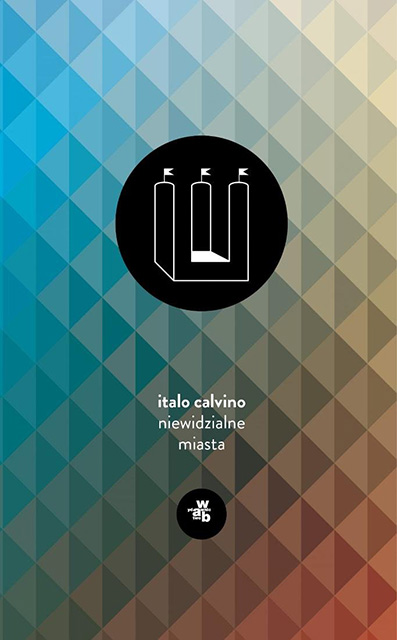THE SUBJECT OF THIS YEAR'S EDITION OF URBAN AND ARCHITECTURAL DESIGN IS THE AUTHOR'S DESIGN INTERPRETATION OF ONE OF THE CITIES PRESENTED IN BOOK I. CALVINO "INVISIBLE CITIES". A PROJECT STATEMENT IN THE FORM OF A MODEL SHOWING THE CONTEMPORARY URBAN STRUCTURE - THE CITY - WILL BE PREVIOUSED BY ANALYSIS, INTERPRETATION AND APPROACHING ON THE LANGUAGE OF THE URBAN PROJECT. DESIGN VISIONS WILL BE PRESENTED IN THE FORM OF URBAN AND ARCHITECTURAL MODELS WITH OWN CATALOG CONTAINING THE IDEAS AND DESIGN SKETCHES. ALL SET ON A REAL SCALE, BUT ALL DEVELOPED IN ANALOG FORM.

SOURCE: WWW.PIKALAND.COM AUTHOR: JANICE J
ITALO CALVINO - "INVISIBLE CITIES"

"It is a fascinating philosophical treatise on the power of imagination and the fleetingness of memory. Beautiful, dreamlike descriptions of mysterious, non-existent cities are intertwined with Kublai Khan's conversation with Marco Polo. Initially, communication between these two characters is difficult, because the famous traveler is unfamiliar with the languages of the East. "Therefore, by means of symbols and gestures. Marco Polo improvises performances, using the props collected during the journey, the meaning of which is then attempted by the great Khan, and the reader with him. The foreigner gradually learns the language, begins to communicate with the ruler by means of words. At some point, the roles are reversed, Kublai Khan describes the cities made of dreams, and Marco Polo is tasked with guessing their name. Philosophy is inextricably linked with mathematics, the queen of sciences. of the presocratics "says:" All things as we know have a number: without a number it would be impossible to know or thinking of anything. " In "Invisible Cities" numbers play a significant role. Calvino describes 55 cities that make up 11 categories, the novel is divided into 9 chapters, in the first and last there are 10 cities, and in the remaining 5. Does the mathematical model of the universe in the case of the power of imagination, the creation of the mind? Is it possible to actually enumerate all the deviations from the norm and their combinations? Create a universal model of the city, and then only insert and remove individual elements? This is mentioned many times in Calvino's text. Most of the described cities are also characterized by perfect symmetry, such as Octavia, a city - a spider's web, or Anastasia, composed of a network of concentric channels or reflected in the surface of the underground lake Isaura. In metropolises, residents who deal in trade, gathering, various kinds of crafts, as well as old gods or characters from fairy tales often live under one roof. The appearances of reality mix with the fictional world, in order to ignore the characters' conversations, real cities appear - Venice, Paris, Jerusalem, Granada, and Urbino. The characters also question the reality of the described reality, and even question the mutual conversation. Is it really happening or is it just an illusion? Are they really who they say they are? At the end of Chapter 7, they come to the conclusion that they are able to create the world as they please. This novel is a masterpiece, its reading requires concentration, and there are as many interpretations as there are readers. I think that everyone can find something interesting in it."